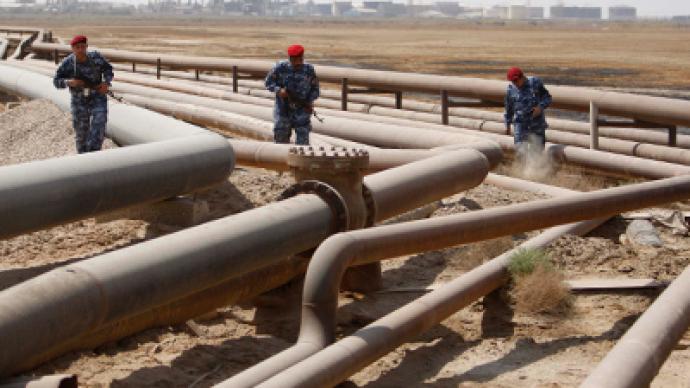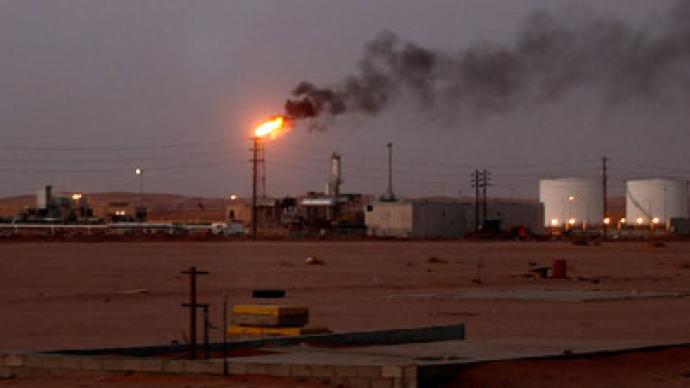Saudi Arabia has reopened an old oil pipeline, which allows Riyadh to export more of its crude from Red Sea terminals should Iran block the Strait of Hormuz.
The step came just days before the EU sanctions against Iran including an export and insurance ban come into force since July 1. In response Iran threatened to block the Strait of Hormuz, which accounts for more than a third of the world's seaborne oil exports from Saudi Arabia, Iran, Kuwait, Iraq, the UAE and Qatar to the rest of the world. Saudi authorities began test pumping through the 1.65 million barrel-a-day pipeline, which hasn’t been used for crude supplies since 1990, as the situation with Iranian nuclear program began to worsen.“Saudis want to protect themselves from possible disruptions in case of military action,” said Sergey Vahkrameev, analyst at Metropol Investment. “But this pipeline would secure only 20 % of the daily exports from Saudi Arabia, also the cost of exports with a pipeline are usually higher.”If a war breaks out in the region, Riyadh would have to ask the US to convoy tankers to secure exports as it was in the 1980s during Iran-Iraqi war, he added.The Iraqi Pipeline in Saudi Arabia (IPSA) was built the 1980s to bypass Gulf shipping lanes after oil tankers were attacked during the Iran-Iraq war. Saudi Arabia confiscated the pipeline in 2001 as compensation for Iraqi debts and has used it to transport gas to domestic power plants.Saudi Arabia built two pipelines known as Petroline in the 1990s when it became worried about possible supply disruptions in the Gulf region.The United Arab Emirates has also constructed its own Hormuz bypass pipeline, which is due to start exports from the Gulf of Oman next month.



